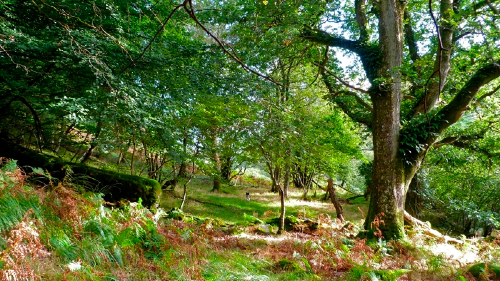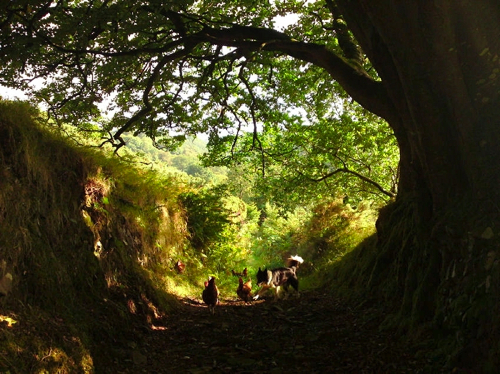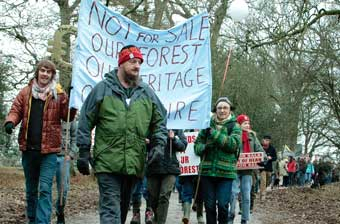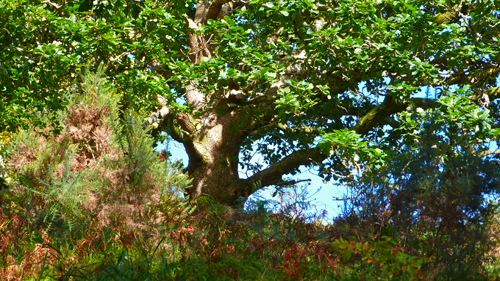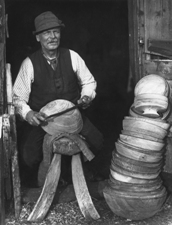Yesterday saw the publication of the new National Planning Policy Framework. Promising to enable people to have a say in how their communities are developed, promising to boost the economy by preventing the delay of sustainable developments and promising to protect our natural environment (as long as it doesn’t get in the way of sustainable development, that is).
CLICK HERE to read more about the NPPF and it’s rocky road to final publication.
The NPPF is a return to old school politics and good old Humphrey Appleby lingo (Although the referral to the wrong UN resolution on Sustainable Development is a major embarrassment).
Both environmental interests and economic have an equal share in the text, with the concessions allowing planning to become the platform for sustainable development, as is needed. Despite the lack of a categorical definition of ‘Sustainable Development’ (the ministerial foreword is simply unfit for purpose given the main body of text) the NPPF is still workable, once a proper link to Agenda 21 is made. Thus making significant room for manoeuvre in terms of defining Sustainable Development (SD) on the ground, progressively so, but only if planners are allowed to really get their teeth into it allowing case study and precedents to be set for SD to evolve quicker than ever before as well as educating those many people who were highlighted as not understanding SD during the debate.
Any sign of referral to landscape issues as a whole, as embodied within the text of the European Landscape Convention (ELC) is missing and this whilst sad, was predictable. The government remains committed to the ELC and it would be a very useful tool for public who want to get involved with planning in their place, (but one wonders why it is not anywhere in the NPPF, and why the continuing obsession with designating land?).
And whilst “Putting power into the hands of local people” seems to be a very genuine commitment, the process taken in publishing the NPPF has done little to alleviate any concerns that this power will only be tolerated if it fits with the ideas of the DCLG and / or the large NGOs whose ‘behind closed doors’ input is so visible in the final draft.
The general ambiguity of the text and the pressure on Local Authorities (LA’s) to produce local plans within 12 months could be taken as a positive step towards getting site specific land use planning into the mainstream. Site specifics is still in its infancy as a concept in England and evidence is strong that people are really not ready yet for such power at their fingertips, (having been excluded for so long in the obsessively top down approach for everything in the UK this is no surprise), will the entrenched ‘Experts’ really allow this to happen?
One can’t help feeling both the process (the secrecy, the lack of a second consultation and powerful lobbying) and the final text of the NPPF is a huge insult to professional planners, binding them to the bidding of central government ideals and their lobbyists.
The NPPF reads exactly as though it were born out of conflict, trading this for that (peat for garden grabbing) and bringing peace.
How will this affect our trees and woodland? Leaving the cynicism aside, this could be the chance for a new power, (Soft Power), to be embraced. People love their trees, as the Forestry Sell Off and local protests at tree felling across England prove. This is the chance for new communication a chance for Tree Wardens to step forwards, Tree Officers to engage with their communities more closely and practitioners to help in highlighting their knowledge of their place.
Let us not allow new land designation boundaries to become an iron curtain.
by Pip Howard













